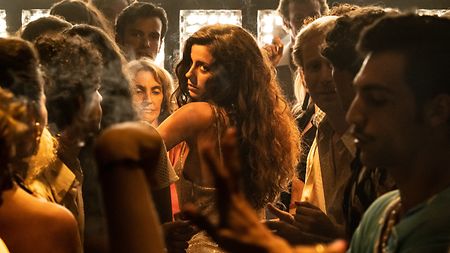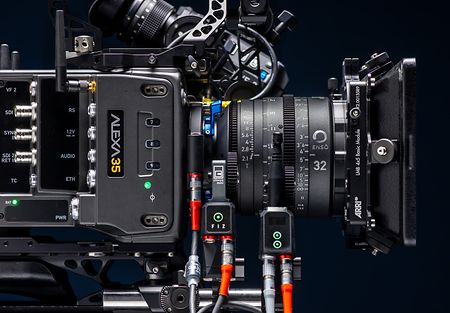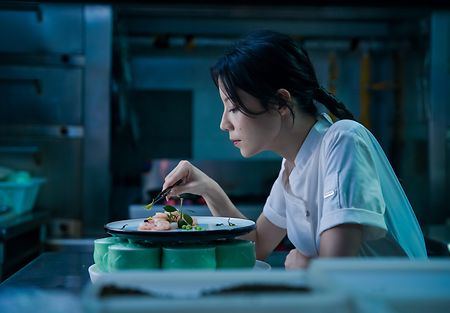Daria D’Antonio is no stranger to the world of internationally recognized cinematography. Her most recent works include the Netflix series “Supersex” and the short film “Allégorie citadine,” co-directed by Alice Rohrwacher and JR, and presented at the 81st Venice Film Festival. After a successful collaboration with Paolo Sorrentino on “The Hand of God,” D’Antonio decided to join forces again on “Parthenope,” a movie that pays tribute to the beauty, freedom, and mystery of Naples, her hometown. The cast includes Celeste Dalla Porta, Stefania Sandrelli, and Gary Oldman. For “Parthenope,” D’Antonio already won the CST Artist-Technician Award for her cinematography, praised as “perfect, full of grace and beauty.”
Could you describe your working relationship with director Paolo Sorrentino?
My relationship with Paolo Sorrentino is very deep and has evolved over time. I worked for many years with Paolo and cinematographer Luca Bigazzi as a camera operator. That experience was fundamental in developing my cinematic eye and understanding Paolo’s stylistic needs, which are always very precise and artistic. Over time, we have become a close-knit team; today, my communication with him goes beyond words. Even if we don’t talk much, we understand each other on a different level, thanks to the many years of collaboration. Sometimes I just need to read what Paolo writes to understand what he wants, without needing much explanation.
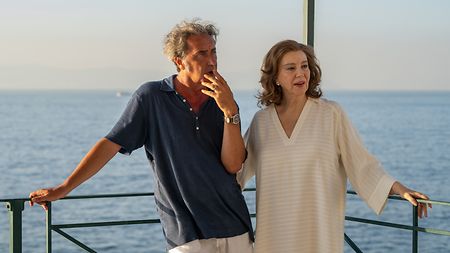
Director Paolo Sorrentino on set with actress Stefania Sandrelli
What visual references did you have for “Parthenope”?
I usually prefer to find anchors in things I’ve read or seen as visual memory rather than references from other films. For the preparation of “Parthenope,” I was greatly inspired by the Irish painter Patrick Procktor. His use of soft colors and the suspended atmospheres in his paintings influenced my vision. When I saw his works, I felt an immediate connection with the idea I had for “Parthenope.” In particular, a photo of Procktor taken by Peter Schlesinger struck me: the melancholy and suspension it conveyed were exactly what I wanted to bring to the film. I tried to translate these feelings through the use of lighting, framing, and atmospheres, creating a suspended space that reflected that inner world I felt Paolo wanted to tell as well.
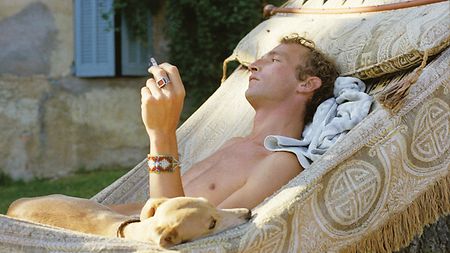
Photograph of the painter Patrick Procktor, which inspired cinematographer Daria D’Antonio, CCS, AFC
Where and when did you shoot?
We filmed between Naples and Capri in the height of summer. This choice was not random; we wanted to capture the essence of that endless summer, a time filled with emotions and discoveries. The summer light, which changes throughout the day, contributed to creating a vibrant and nostalgic atmosphere perfectly in line with the film’s message. Filming in Naples and Capri logistically was not easy; having shot in the peak tourist season, we could only transport equipment at night. Often, two camera bodies would go one way while the other two would go another.
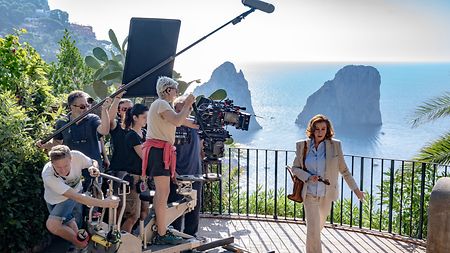
Daria D’Antonio CCS, AFC, during the shooting with Stefania Sandrelli
Why did you choose the ALEXA 35 camera?
The decision to use ALEXA 35 was crucial for this film. After discussing the feelings we wanted to convey in the film and conducting initial scouting sessions, we realized that the incredible sensor latitude and the exceptional color rendering of ALEXA 35 would be essential in achieving our goal. The camera’s sensitivity to light allowed us to be bold in our lighting and exposure choices. This enabled us to capture extraordinary details in the highlights and create engaging images.

